Sabah, Malaysia, Borneo
Ever since I saw the BBC Human Planet documentary on the Bajau Laut I have been fascinated with these “people of the sea”.
It is said that many of the Bajau can hold their breathe for upwards of five minutes, plunging into the depths with only a pair of wooden hand made goggles.
Trying to find information on visiting the Bajau proved difficult but here I am speeding along in a small wooden boat, flying past remote islands and impossibly blue waters with my Bajau guide who I met only moments ago at the Semporna docks.
Suddenly in the distance the rickety frames of wooden structures emerge like a mirage over the vast ocean horizon.
Finally, I have made it to the home of the Bajau Laut!
Who are the Bajau, Sea Gypsies?
The Bajau, often known as the Sea Gypsies or Sea Nomads are a semi Nomadic ethnic group who live in the Pacific Ocean regions around Southern Philippines, Indonesia and Coastal Borneo. Originating from Mindanao in Southern Philippines the Bajau have taken refuge on the seas around Sulawesi, Indonesia and the islands of the coast of Borneo where they are known as the Bajau Laut.

The Bajau spend so much of their time on and below the ocean fishing that their eyes have began to evolve to see better underwater than the average person. Their way of life is being threatened however, with diminishing sea life and conflict spilling over the borders the younger generation are seeking an easier life than their forefathers.

Getting to the Bajau from Semporna
Online you really won’t find much information on how to visit the Bajau. You will however find plenty of warnings warding you off from attempting to do so. Visiting the Bajau in Sabah, Borneo is very safe and not as hard as it looks.

From Malaysia’s capital I took a cheap Air Asia flight to Tawau, a small city bordering Indonesia in Sabah. Tawau is just a 1.5-hour taxi to Semporna, the starting point to set off to see the Bajau that is more known for Scuba Diving (which is amazing as well!).

Once in Semporna I headed down to the docks. The fisherman here do not speak much English, but luckily for me I found a local Bajau who spoke enough to understand that I wasn’t here to snorkel, but to visit the Bajau. He offered me 60 USD per day to visit the many villages around. I used Google Maps to pin point the specific villages I was interested in and together we decided what would be the best.

Tatagan Village and Kelp Farms
Setting off in our small wooden boat my guide explained more of the way of life here. His family had taken refuge here inn Semporna from the Philippines 15 years ago because of the ongoing conflict and threat from pirates.
As Borneo’s coastline disappeared clusters of wooden stilt houses appeared. These villages were placed in deeper regions and have miles of floating rope surrounding them. These Sea Gypsies have taken to becoming Sea Farmers by growing kelp along these ropes and selling these different variations of the plants to land dwellers.

Shortly past the kelp farms was the village of Tatagan. Tatagan Village sits near a small island, but its residents live primarily on the ocean very rarely leaving the waters.
We visited a few of the homes where a Bajau Elder showed how to fire the wooden spear gun they use to fish with. They also cooked us a fish dinner in their stilt home. Hanging out with the Bajau in Tatagan was great as they were much more open to visitors than other villages!

Pulau Bodgaya
Not far from Tatagan is the island of Bodgaya. This is where Human Planet did a lot of the filming for their documentary on the Bajau. The village off its coast is vast and spread, its many residents are more accustomed to the odd visitor and will welcome you in but do expect a “gift”.

Bodgaya is easily the most photogenic of the villages, the stilt houses group together in small clusters spread out amongst the shoreline nearby Bodgaya islands gorgeous mountain scenery. The resident of Bodgaya have set up a small visitor centre for you to have a small insight into their culture, I did not visit the centre, instead my guide took me into the homes of a few resident Bajau to talk with the elders about their unique way of life.
Tabbalanos Island
We returned to shore for the evening as staying over night with the area is not recommended. Apparently pirate activity in the area mostly occurs during this time, there is also Malaysian military who will most likely apprehend you if they find you staying the night out here.
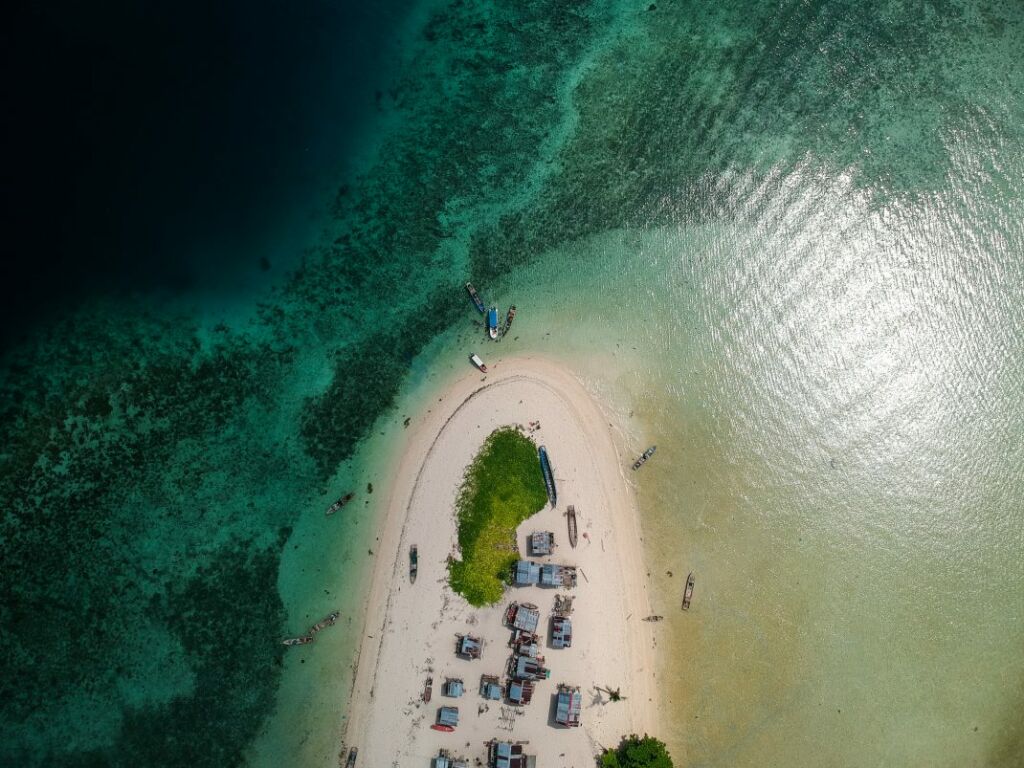
The next day we set off from Semporna again. This time we went east into another region of the Bajau. This is also the areas famed for scuba diving especially at Pulau Sipidan. The first village we arrived to was Tabbalanos. The Bajau in Tabbalanos have left behind their way of life on the seas and built their homes on the small island of Tabbalanos. They still live primarily off of fishing but traded their stilt homes for a sandy beach home.
Fishing with the Bajau
With the knowledge passed down to me from the elder Bajau on how to spear fish and hold my breath for copious amounts of time, my guide and I set off to try our luck at fishing. The region is a protected area, so you must know which fish can be hunted and technically as a foreigner you are not allowed to spear fish.
My first few dives were unsuccessful due to the wooden goggles filling with water. The key is to hold them tight until about 5m when pressure then kicks in and sucks them to your face. Diving down without fins is also a challenge, you must kick your legs in opposite circles and slowly plunge down.

The biggest tip I was given was remembering to equalise and stay calm. If your heart rate rises, then you will need to breath. If you stay calm and focused, then you will stay down much longer.

Omadal Village
Our last stop was the more modern Omadal Village. Omadal is quite large and even though the residents still live in stilt houses they have managed to fix electricity lines to power their karaoke speakers.

Many of the young Bajau from this village have the opportunity to go to school in Semporna as it is not located to far away. Omadal is a great example of Bajau accepting modernization, but still grasping onto their more traditional ways of life as many of the residents still choose to learn the ways of their ancestors and live primarily on the sea!
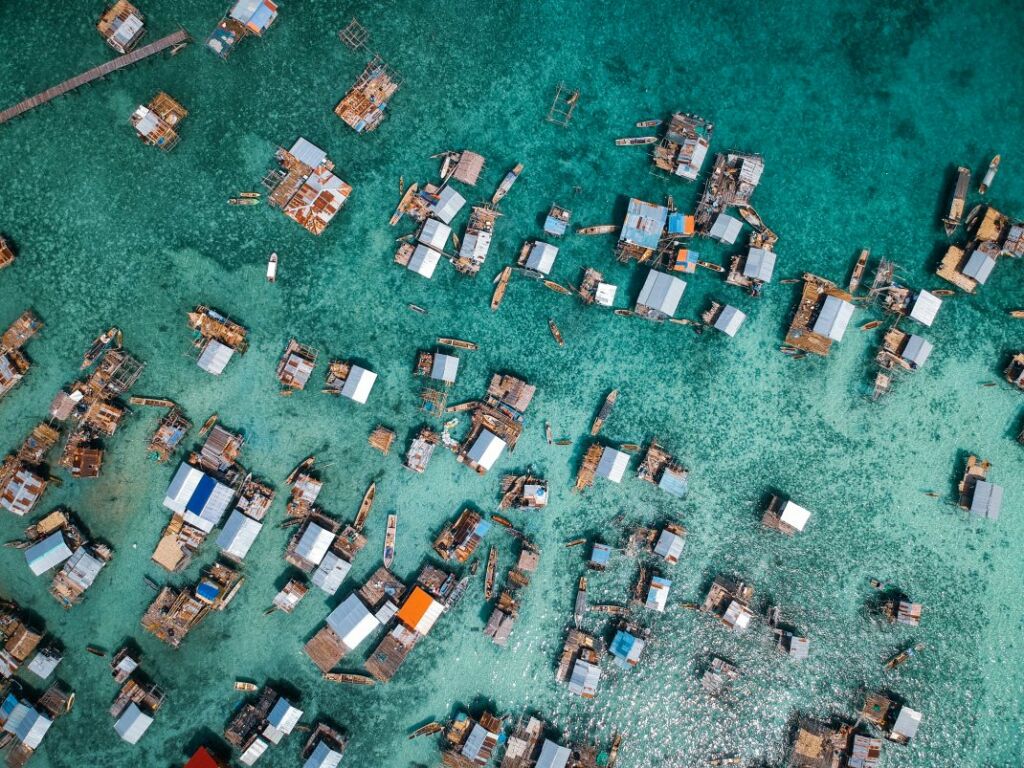

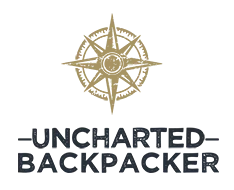
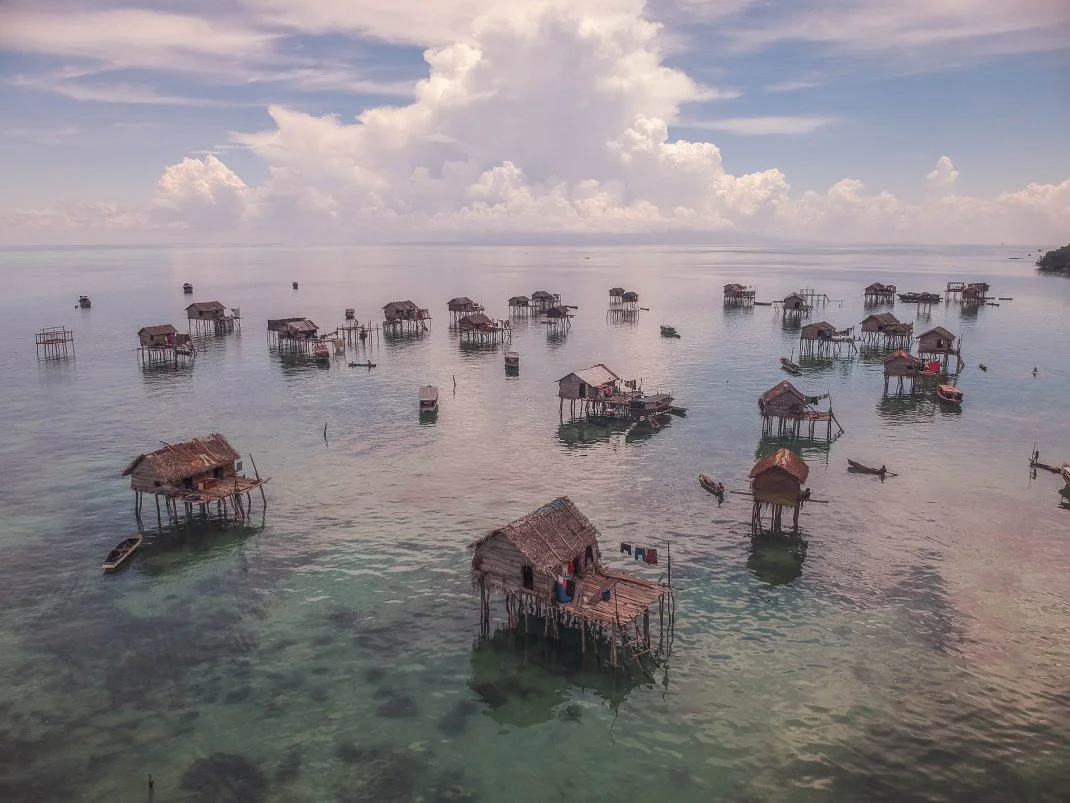



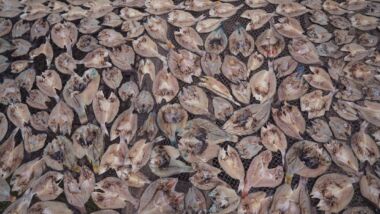
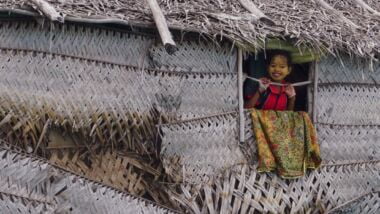






Such a awesome post and detail you shared.. Thank you so much for sharing this post and experiences.
Wow this sounds fantastic, and an awesome experience. We are heading that way in July – do you think it would safe, appropriate and a guide like you had would be willing to take my 2 boys (12 & 14) to do something like you did? The boys are well behaved and used to adventerous things. What kind of “gifts” are appropriate?
Could you please share the google map with pinned locations you’ve mentioned in the post?
HI May I get the contact of Local Bajau guide you during your travel?
Dear Stephen Gollan,
I’m a Malaysian who is interested in to visit the Bajau villagers for my personal project. Would you be open to share the guide details with me?
Thank you!
The BBC documentary* actually said ‘they can hold their breath for over 3 minutes’.
Not quite 5 minutes, but impressive none the less.
*Borneo: earth’s tropical islands, Series 1 Episode 2 of 3:
https://www.bbc.co.uk/programmes/m000cs0p